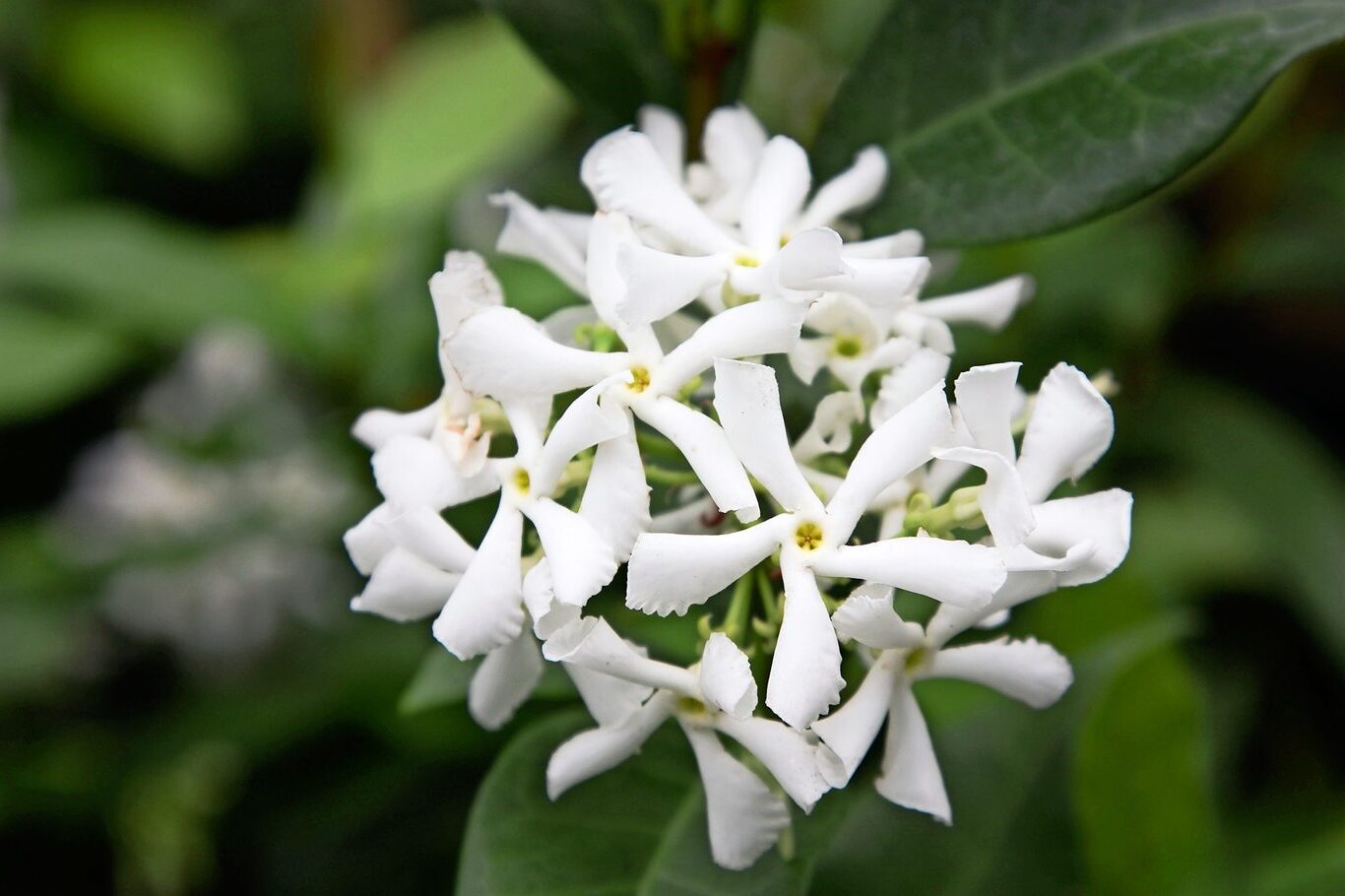
Trachelospermum, often known as star jasmine, is a captivating plant that many garden enthusiasts adore. But what makes this plant so special? Star jasmine isn't just a pretty face; it offers a myriad of benefits and interesting facts that might surprise you. From its origins in East Asia to its fragrant, star-shaped flowers, this plant has a lot to offer. Whether you're a seasoned gardener or just starting, understanding more about Trachelospermum can enhance your gardening experience. Why is star jasmine so popular? It's not just about beauty; it's about versatility, resilience, and the delightful aroma that can transform any garden into a fragrant paradise. Ready to learn more? Let's dive into 27 fascinating facts about this incredible plant!
What is Trachelospermum?
Trachelospermum, commonly known as star jasmine or confederate jasmine, is a popular plant in gardens and landscapes. Known for its beautiful, fragrant flowers and evergreen foliage, this plant is a favorite among gardeners. Let's dive into some fascinating facts about Trachelospermum.
Origin and Distribution
Understanding where Trachelospermum comes from and how it spreads can give insight into its adaptability and popularity.
- Trachelospermum is native to East and Southeast Asia, including countries like China, Japan, Korea, and Vietnam.
- It has been widely cultivated in other parts of the world, especially in the United States and Europe, due to its ornamental value.
- The plant thrives in USDA hardiness zones 8-10, making it suitable for warm climates.
Botanical Characteristics
The unique features of Trachelospermum make it stand out in any garden.
- Trachelospermum is an evergreen vine, meaning it retains its leaves throughout the year.
- The leaves are glossy, dark green, and oval-shaped, providing a lush backdrop for its flowers.
- The plant produces small, star-shaped flowers that are typically white or cream-colored.
- These flowers are highly fragrant, often described as having a sweet, jasmine-like scent.
Growth and Care
Knowing how to care for Trachelospermum ensures it remains healthy and vibrant.
- Trachelospermum prefers well-drained soil and can tolerate a range of soil types, from sandy to clay.
- It thrives in full sun to partial shade, making it versatile for different garden settings.
- Regular watering is essential, especially during dry periods, but the plant is relatively drought-tolerant once established.
- Pruning is necessary to maintain its shape and encourage new growth, typically done in late winter or early spring.
Uses in Landscaping
Trachelospermum's versatility makes it a valuable addition to various landscaping projects.
- It can be used as a ground cover, creating a dense, green carpet that suppresses weeds.
- The plant is excellent for climbing structures like trellises, arbors, and fences, adding vertical interest to gardens.
- Trachelospermum can also be grown in containers, making it suitable for patios and balconies.
- Its fragrant flowers make it a popular choice for planting near windows, doors, and outdoor seating areas.
Ecological Benefits
Beyond its beauty, Trachelospermum offers several ecological advantages.
- The dense foliage provides habitat and shelter for various insects and small animals.
- The flowers attract pollinators such as bees and butterflies, supporting local ecosystems.
- As an evergreen plant, it contributes to year-round greenery, enhancing the aesthetic and ecological value of gardens.
Cultural Significance
Trachelospermum holds a special place in the cultures of the regions where it is native.
- In China, the plant is often associated with purity and elegance due to its pristine white flowers.
- In Japan, it is sometimes used in traditional gardens and tea ceremonies, symbolizing tranquility and beauty.
- The plant's fragrance has made it a popular choice for use in perfumes and scented products.
Potential Issues
Like any plant, Trachelospermum can face challenges that gardeners should be aware of.
- It can be susceptible to pests such as aphids, scale insects, and spider mites.
- Fungal diseases like powdery mildew and root rot can affect the plant, especially in poorly drained soil.
- Overwatering or poor drainage can lead to root rot, a common issue for many garden plants.
Fun Facts
Some lesser-known tidbits about Trachelospermum can add to its charm.
- Despite its common name, star jasmine, Trachelospermum is not a true jasmine but belongs to the Apocynaceae family.
- The plant's name, Trachelospermum, comes from Greek words meaning "neck seed," referring to the shape of its seeds.
- In some regions, Trachelospermum is used in traditional medicine, believed to have anti-inflammatory and analgesic properties.
Final Thoughts on Trachelospermum
Trachelospermum, often called star jasmine, is a fascinating plant with many unique features. Its fragrant flowers and evergreen leaves make it a popular choice for gardens and landscapes. This plant isn't just pretty; it's also hardy and can thrive in various conditions. Whether you're a seasoned gardener or a newbie, star jasmine is a great addition to any garden. Its ability to climb trellises and fences adds vertical interest to your space. Plus, its low maintenance nature means you can enjoy its beauty without too much effort. So, if you're looking to add some fragrance and greenery to your garden, consider Trachelospermum. You'll be rewarded with a stunning and resilient plant that brings joy year-round. Happy gardening!
Was this page helpful?
Our commitment to delivering trustworthy and engaging content is at the heart of what we do. Each fact on our site is contributed by real users like you, bringing a wealth of diverse insights and information. To ensure the highest standards of accuracy and reliability, our dedicated editors meticulously review each submission. This process guarantees that the facts we share are not only fascinating but also credible. Trust in our commitment to quality and authenticity as you explore and learn with us.
